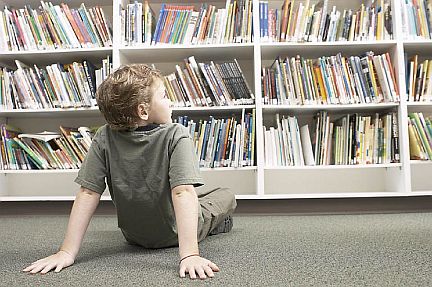
by Laura Backes, Publisher, Children’s Book Insider
If you’re reading this article, you probably want to try your hand at writing for children. And if you clicked on this post because of the title, you most likely have no idea what your first step should be.
Relax. You’re in the right place.
Let me begin by telling you what you don’t have to think about at this point. You don’t need to:
✔ build a website or blog
✔ learn how to create an ebook or design an app
✔ write a query letter
✔ figure out how to submit to agents and publishers
✔ find an illustrator
✔ create a social media marketing campaign
Some of these things you’ll learn in the future, as necessary (and we’ll give you lots of resources that show you how to do all of the above). Others you may never need to know, depending on which route you choose to publication. But for now, at the beginning of your journey, you should only focus on one thing: learning the craft of writing.
Feel better?
So, what do I do first?
Do you have an idea for your book? Great! Now put that idea aside, because you’re not ready to start writing yet.
Every great author, from Homer to Shakespeare to Dr. Seuss, was a reader first. And that’s exactly how you will begin. So head to the library or bookstore (print book or electronic, it doesn’t matter), and find some popular books in the age group for which you want to write. Don’t know about the different age groups and formats of children’s books? Then check out Understand Children’s Book Genres, Part One.
I mentioned “popular” children’s books. This is different from “bestselling” and “award-winning” (though popular books can certainly be all three). Bestseller lists are often driven by licensed characters, celebrity authors and movie tie-ins. Awards are handed out by librarians and booksellers. You want to read books that kids choose for themselves and recommend to their friends. You can find these books four ways:
1. Ask a librarian for the books that kids check out over and over.
2. Ask a clerk at a bookstore for her favorite recommendations.
3. Browse a book review site like Goodreads where readers review and recommend books. Many of the children’s book recommendations will come from parents, but that’s okay. They know what their kids love reading.
4. Select books from the Children’s & Teen Choice Book Award, the only national book award that’s voted on by the readers themselves.
One more thing: make sure the books you’re reading have been published within the last 25 years. Classics have their own value, but for this exercise you need to understand how children’s books are being written today.
Choose the books that speak to you for any number of reasons. Maybe you like the title and cover art. Perhaps the jacket copy is intriguing. Or maybe you were convinced by a review. As you become more familiar with current children’s books, you’ll find yourself drawn to the same age group, genre and tone of story over and over. Whatever you love to read will probably be what you also love to write. So collect a pile and start reading.
Read each book through once to simply experience it. Note how you feel after you’re done. Was the story generally satisfying? Did you think about the characters long after you finished the book? Did it spark your imagination in any way? Above all, did this book make you feel the way you want readers to feel after reading your future work? Any books that get a “yes” go in a pile to be read again.
During that first pass, you were reading as, well, a reader. Now you’re going to read the books as a writer.
How do I read as a writer?
In the second pass through each book (and possibly a third and fourth—take your time with this) you’ll be deconstructing how the author actually built the story. You’ll look at the opening scene and note how you were drawn into the plot. When do you first meet the protagonist? How do you meet her? Do you get to know her through dialogue and action, or does the author introduce this character with description? Are you tossed directly into the middle of an event, or does the plot gradually unfold? Why do you think the author made these particular choices?
As you continue reading, examine how the author developed the characters. Think about their relationships with one another and the role each serves in the story. Did the author use the right number of characters, or are there too many? Look at the pacing, when it speeds up, when it slows down. Can you sum up, in one or two sentences, what the protagonist is trying to accomplish in this story? How many major obstacles does the protagonist face while working toward his goal? How does he react to each one? What groundwork does the author lay so the character’s reactions are believable?
Look at the average length of a novel’s chapters, and note how the chapters end. Do you want to keep reading, or is it easy to put the book down at these points? Is everything neatly wrapped up, or are there loose ends left up to the reader’s imagination?
If you’re reading a picture book, count the average number of words per page. Notice their relation to the corresponding illustrations. What information does the author include in the text? More importantly, what does she leave out? Is there a flow to the text that nudges the reader forward, urging him to keep turning the pages?
At this point in your writing education, you’re looking for specific qualities of books that you like. You want to figure out why some stories are satisfying to read, and others aren’t. You’re guided by your emotional reactions to the books, and investigating what makes you feel that way. This investigation will give you the foundation for how to write your story.
Keep these books handy, and continue to add to your pile. As you develop your craft, you’ll learn about the elements of writing, terms like catalyst, turning points, plot arc, sub-plots, conflict. You’ll turn back to these familiar stories and pinpoint each element, and you’ll begin to understand how they all work together.
Writing is like assembling a complex jigsaw puzzle. At first it’s intimidating, but if you can find the corner pieces, you’ll know where to start. Once you learn to construct the sides and work toward the middle, you can tackle any puzzle you find.
By the way, this process works for nonfiction as well. Read Natasha Wing’s article, A Simple Trick That Can Have You Writing Like a Legend, to see how.
Okay, I’ve been reading. Can I start writing now?
Yes, with a caveat (I’ll get to that in a minute). Take a good look at that idea you’ve had for your book. Now you’ve got some context to judge if that idea is solid, or if it needs more work. Maybe it’s not a full-fledged idea yet, but just a snippet of a character or an event that can set your plot in motion. Perhaps it’s not a good fit for the age group you want to write for, but with some refining it could be. Or maybe it’s perfect, but now you’ve got the confidence to start writing.
So here’s the caveat: Wonderful books are not simply a product of word counts, plot points and character traits. These things give you a framework within which to operate, but true inspiration is messy. It starts with one idea and then morphs into something else when you’re in the shower. It takes a U-turn in the middle of the night and forces you delete three chapters the next day. It requires rewriting your opening after you read an article about the plot’s catalyst and realize your story doesn’t have one. It means committing to the research before diving into a nonfiction project, and allowing that research to substantially change the course of the work.
Learning the craft of writing is not a sprint, it’s a marathon. Pace yourself. Get your hands dirty. Don’t expect everything you write to be great, or even decent. Experiment. If you have a good sense of where you need to go, you can wander off track occasionally. Be open to the magic.
As an apprentice writer, you are fortunate to have an enormous classroom at your disposal. Your instructors are the talented authors whose work has already made an impact on the lives of kids. Take advantage of what they have to teach you.
This is your first step.
Congratulations. You’re on your way.
For more tips, instruction and advice on every phase of learning the craft of writing, go to The CBI Clubhouse.
Tags: beginner, Laura Backes, writing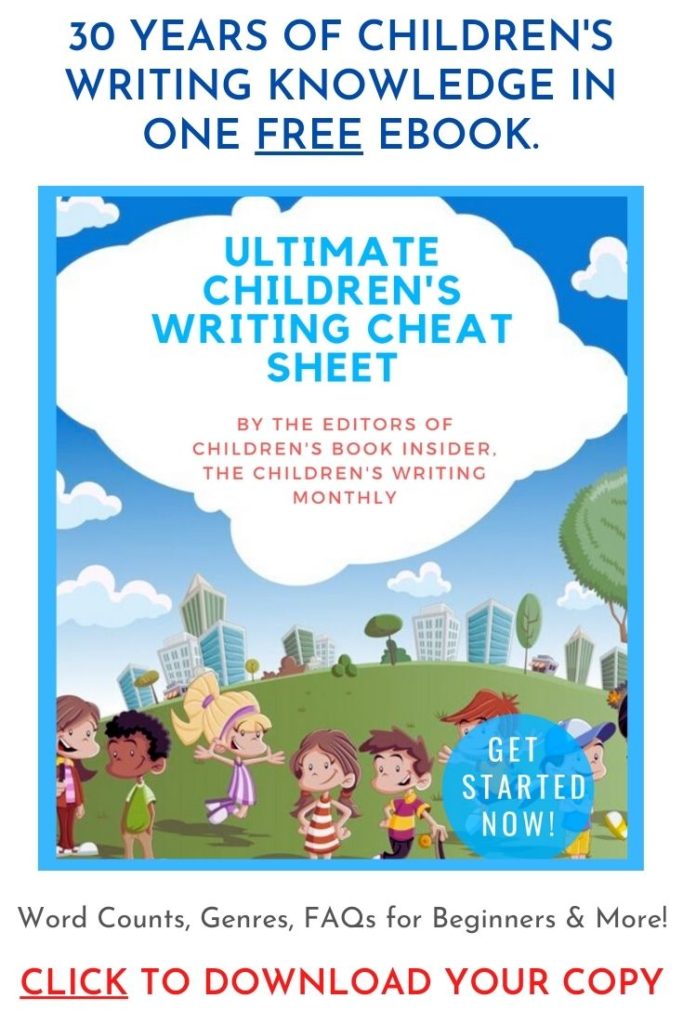
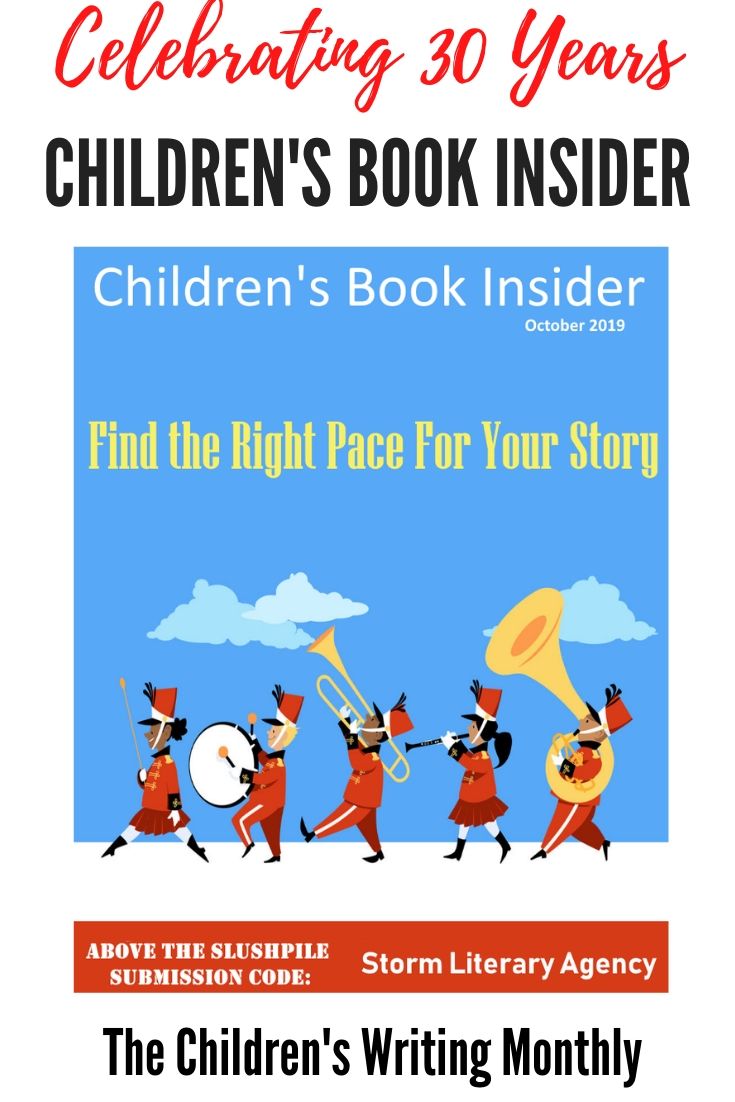
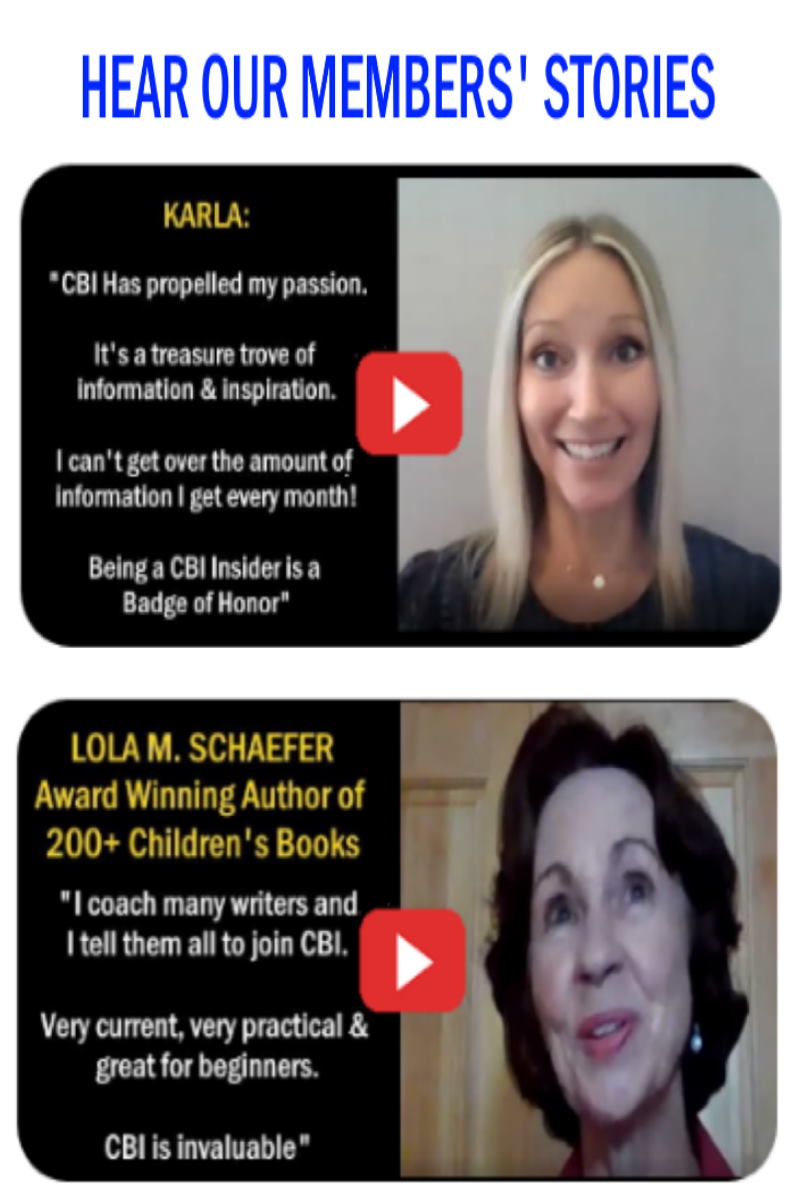
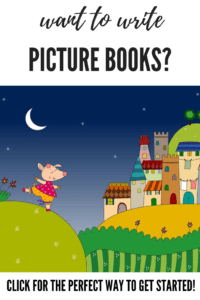


Thank you for the excellent advice and for the Repost button. I shared it on my blog.
Very nice blog post. I definitely appreciate this website.
Thanks!
Laura, As a former teacher and school librarian, I applaud your advice. I have follow ed the reading step. Now I am inspired to read as a writer. Thank you!
Thanks for the advice. After writing 6 unpublished books, I finally had to admit to myself that I’m just not writing what I love to read. So I’m testing the YA\MG waters. I’m a little afraid of this age group because, as a father of two teens, I know that younger readers are the most unforgiving. But I’m going to give it a shot. I’ve got my first stack of books from 2nd and Charles (huge used book store!), and am digging in. I’m surprised at how many popular titles I’ve already read. For fun. Guess some of us will always be young at heart.
I really like to write children’s books. But I don’t know how to write. Thanks for sharing!
An impressive share! I have just forwarded this onto
a colleague who had been doing a little research on this.
And he in fact ordered me dinner simply because I found it for him…
lol. So let me reword this…. Thank YOU for the meal!!
But yeah, thanx for spending time to discuss this topic here on your blog.
Very informative I’d like to write for kids one day. Something that can fall under The Little Prince, or Harry Potter.Thanks for this article Laura!
this has been great to read. thank you for this information. I now have a starting point for my book. really appreciate your knowledge.
This was the most well written, helpful, motivating article about writing kids books I’ve ever read! Thanks! Very encouraging
Thank you Alexandra! Best of luck with your writing.
Thanks for the tips. Really helpful for new authors.
Thanks for the tips. They are very useful. I have been writing for children for years but I haven’t published anything yet. It is really good to learn new things
I have followed all of your advise and also joined a critiquing class at a local college. They love my two stories, so I think I am ready to take the next step and write those query letters. I just need a little courage. You and Jon have been so helpful. Thanks!
Good for you Gail! Keep up the good work!
I already have my stories writte..mI meed to know where i can go in western cape for help with tje fine details and the art i want to get my books published as soon as possible i truely have a passion for childrens books and want to make it my life
What if I don’t want to write s story, but a non-fiction book about, let’s say, horses.
In truth, my 12 year old daughter loves horses, but she hates to write stories because she thinks that they are “corny” ( her words). I suggested writing a book about horses for younger kids: explaining in simple terms, what different breeds look like, parts of a horse, etc..she could write a whole series of short books!
In my head, I am thinking of it being with photos.
Any ideas on something like this would be great. Thank you!
Jenny: Nonfiction for kids is a very big market now. First, decide if the book will be geared toward the picture book audience, or older. Read the articles in the Beginner section of our site to see the difference. Then, go to the library and read several nonfiction books for that age group so you can see how the authors approached the information, how much text they used, and how they made the topic interesting to kids. Photographs are great for nonfiction books. Best of luck to your daughter!
Thanks!
Hello! I’m super excited to find your information. I have been wanting to write a children’s book for years and have decided to just go for it! I want to write a series of books with actual photo’s but in illustration form about my Lucy, she’s a Maltipoo and everyone loves her! She is adventurous and want to base the book on her life and adventures. Do you think there would be a market for that? I appreciate your feedback.
Thank you!
Laney
Thanks for the trips